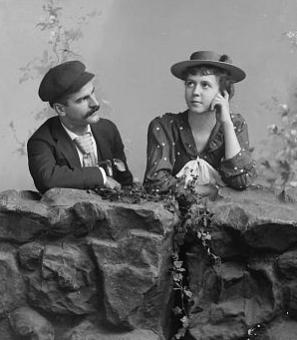The Seneca Stone Ring Scandal
We're happy to have a guest post from local historian and friend of the blog, Garrett Peck who is the author of The Smithsonian Castle and the Seneca Quarry, released from The History Press. This book tells the story of a (until recently!) largely-forgotten quarry in Seneca, Maryland, which provided the stone for the Smithsonian Castle and a host of other local landmarks. As Peck explains, the quarry also proved to be a source of scandal for President U.S. Grant in the 1870s.
"General Grant may be the next president, and then the good old days will come again - the good old days of Credit Mobilier, Pomeroy, Paterson, Colax and Oaks Ames; the fine old days of Belknap, Orvil Grant and Indian posts bought and sold; of whiskey rings and Joyce, Avery, McKee and Babcock; of Seneca sandstone quarries and St. Domingo commissions," then continued on and on with a lengthy list of controversies and scandals that plagued Grant's first two terms. It concluded, "Dost like the picture?"
Because they had so undercapitalized the company, the quarry owners took out several mortgages - including a second, unsecured loan for $75,000 from the Freedman's Bank. The person that provided the Freedman's Bank loan was Cooke himself, who sat on the board of both the quarry and the bank. And yes, that was quite illegal, even then. Henry was the younger brother of financier Jay Cooke. When Jay Cooke & Co. defaulted in September 1873, it triggered the Panic of 1873. The subsequent economic depression took down the Seneca Sandstone Company in 1876 - and with it, the Freedman's Bank, wiping out the life savings of 400,000 former slaves and exacerbating their poverty for decades. It was like WorldCom, the housing bubble, and the Great Recession all wrapped into one corrupt bundle.


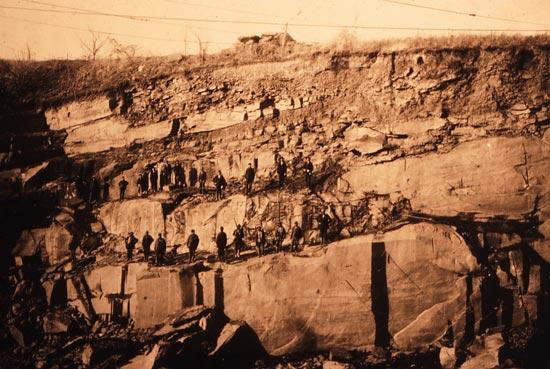
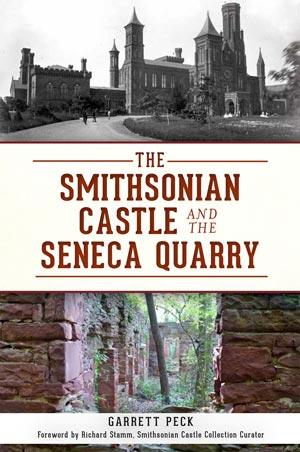
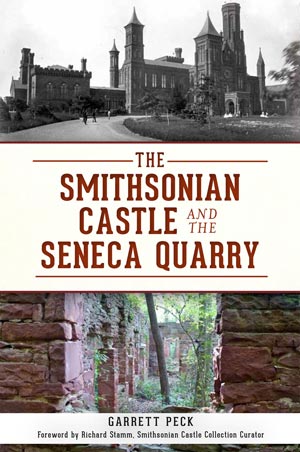
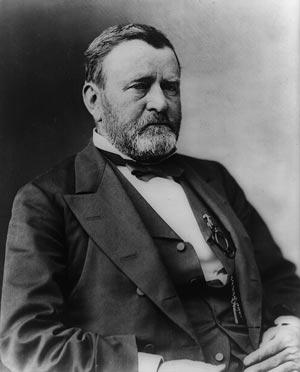
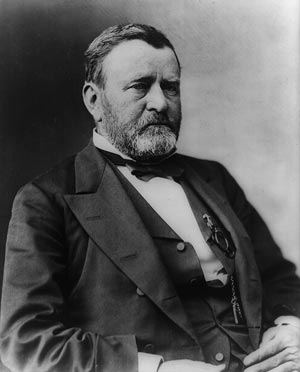
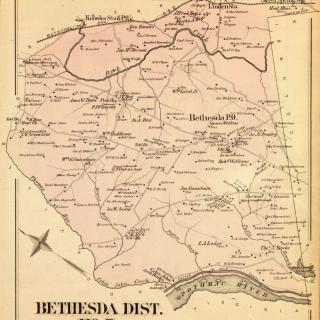


![Sketch of the mythical fuan by Pearson Scott Foresman. [Source: Wikipedia]](/sites/default/files/styles/crop_320x320/public/2023-10/Goatman_Wikipedia_Faun_2_%28PSF%29.png?h=64a074ff&itok=C9Qh-PE1)











